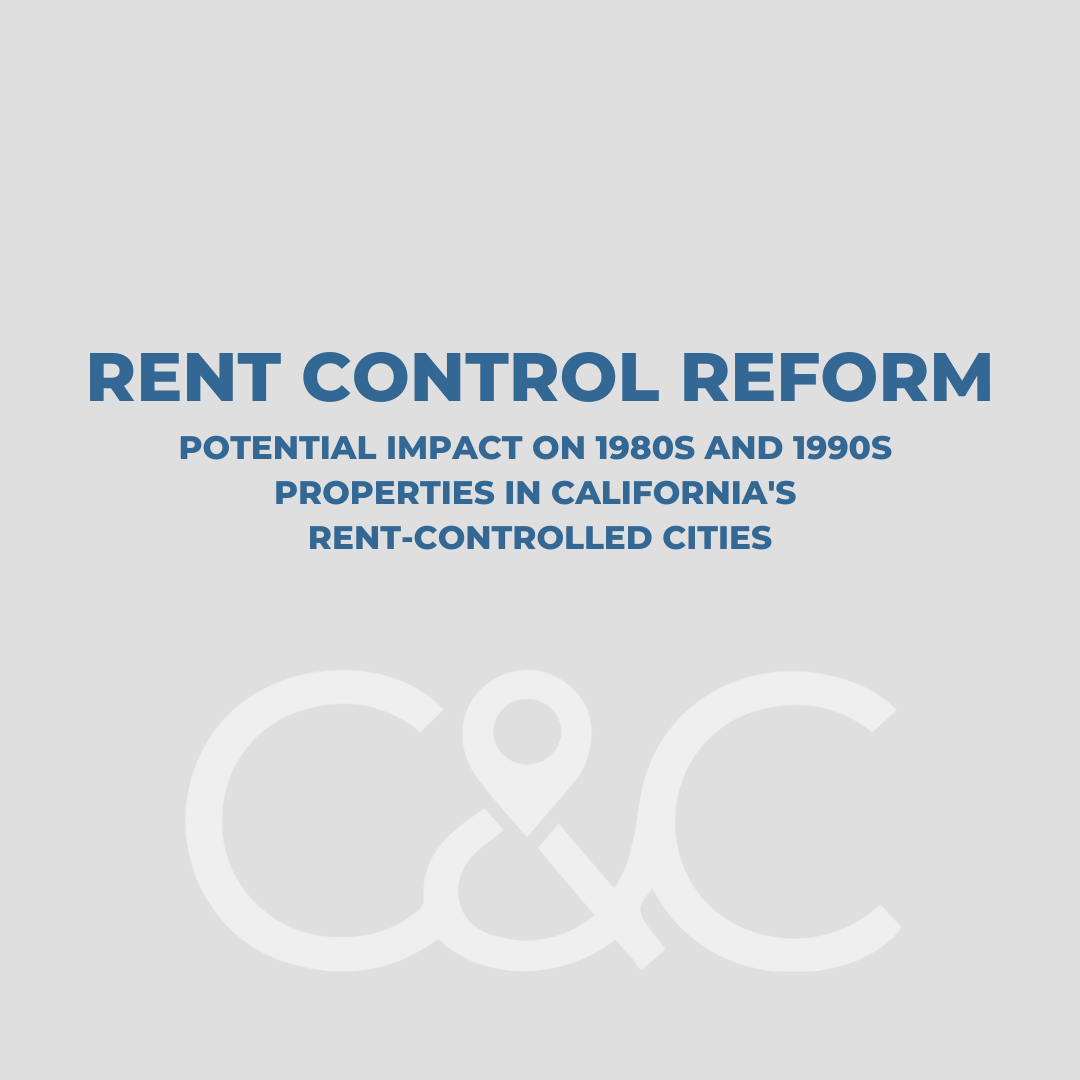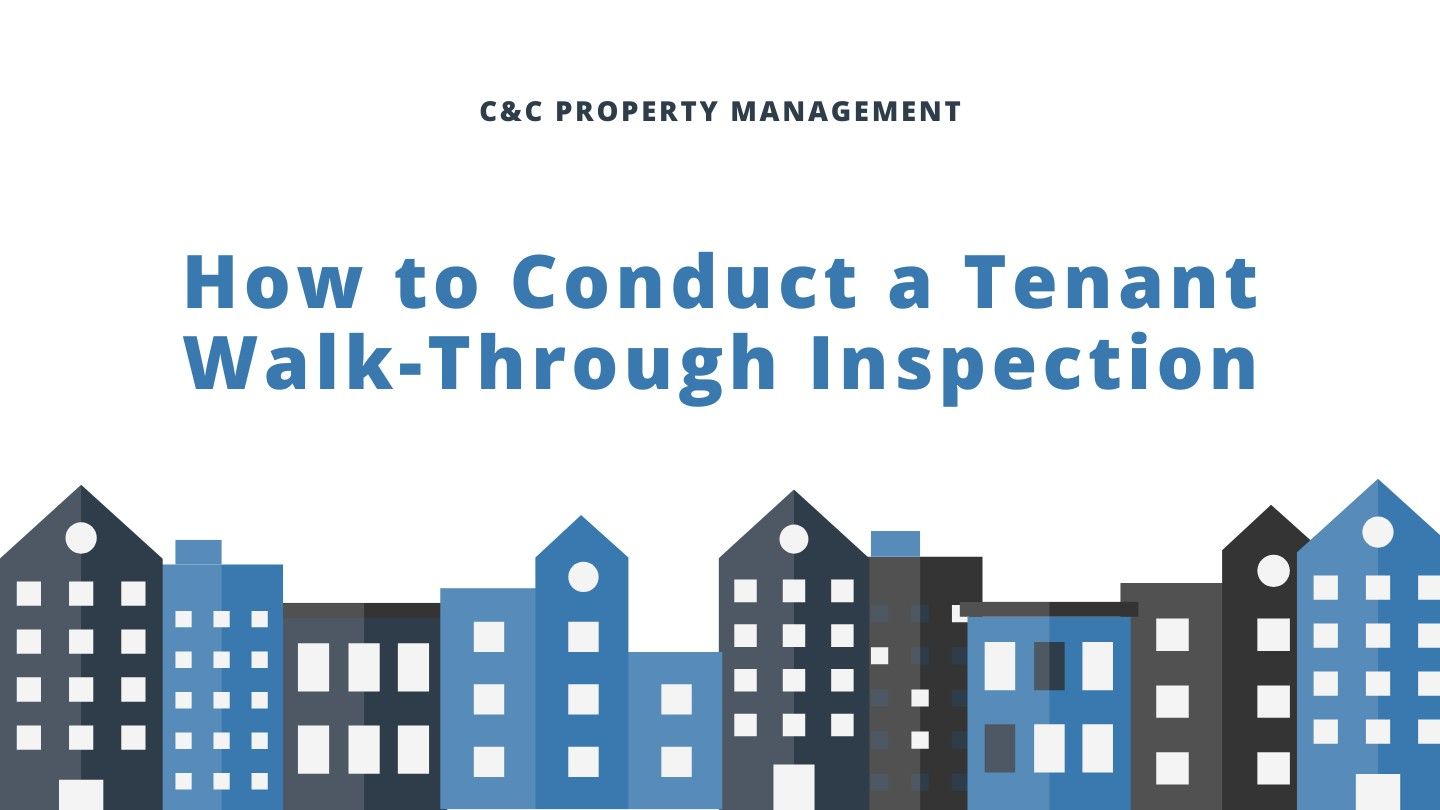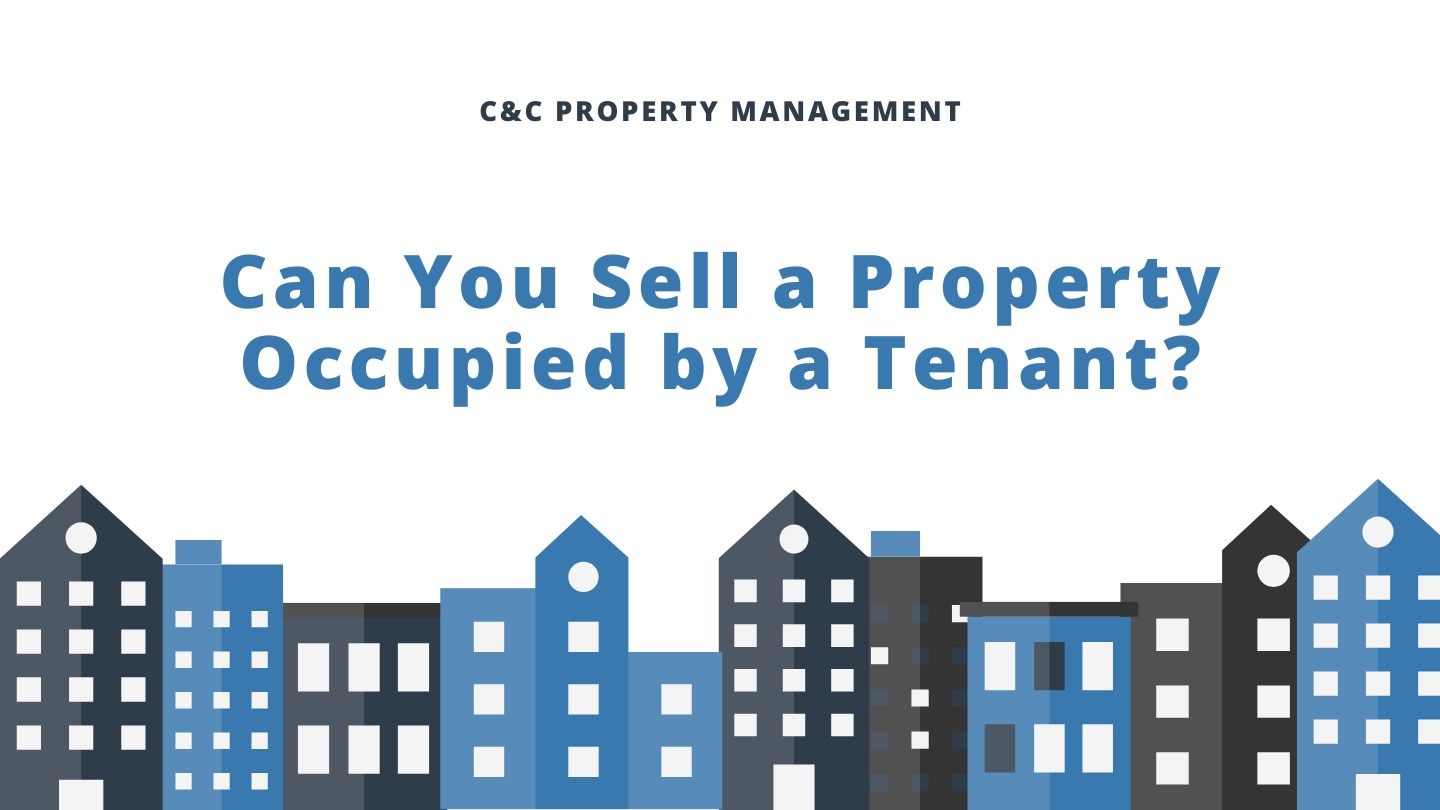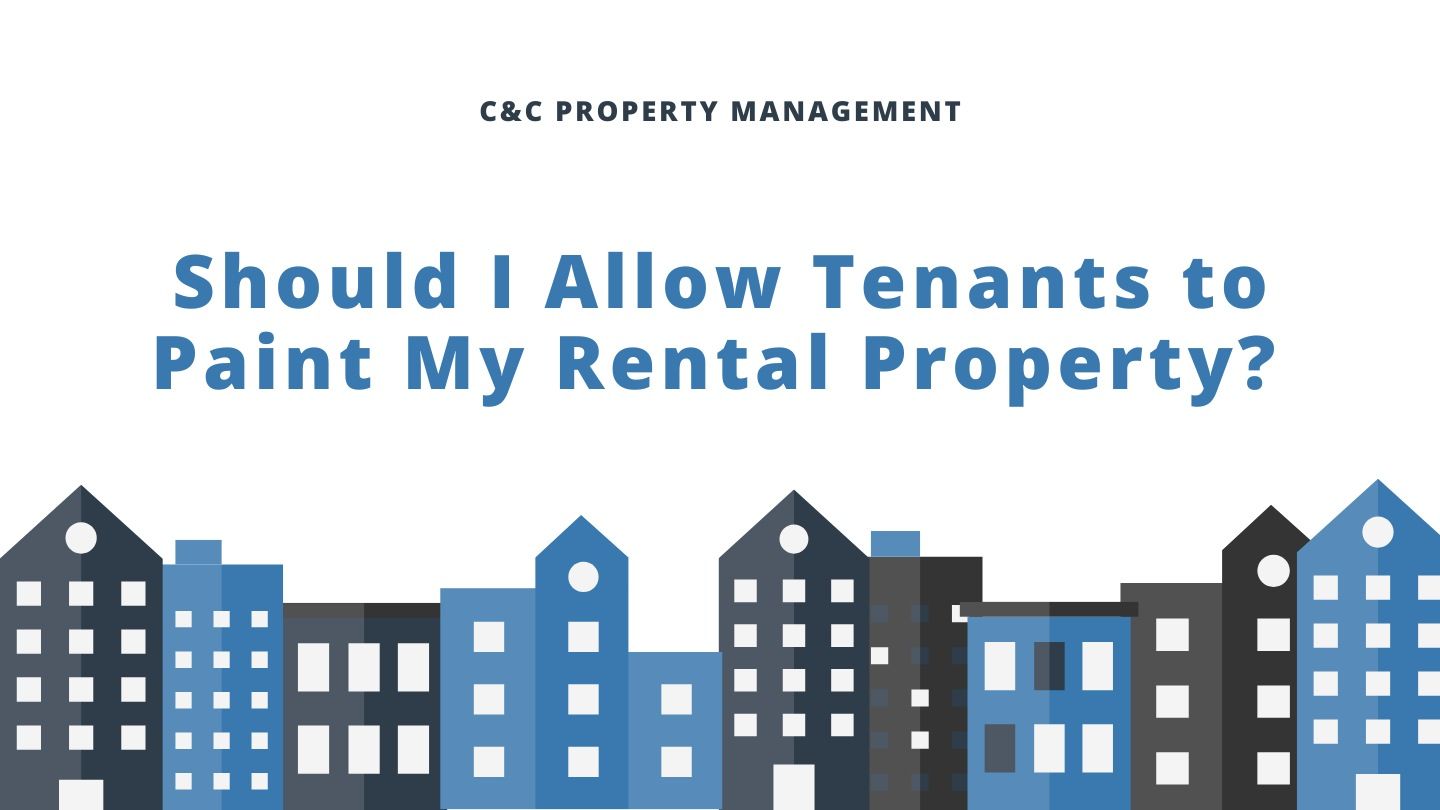Rent Control Reform: Potential Impact on 1980s and 1990s Properties in California's Rent-Controlled Cities
Rent control has long been a topic of debate in California, with proponents arguing for its necessity to protect tenants from skyrocketing rental prices, and opponents claiming it stifles investment and reduces the availability of affordable housing.

In recent news, a lawmaker is proposing stricter rent controls that could potentially affect properties built in the 1980s and 1990s in Los Angeles, San Jose, San Francisco, Oakland, and other rent-controlled cities. This proposed change has raised concerns among rental housing providers who may lose their exemption from rent control regulations. In this article, we will delve into the details of this proposed legislation and discuss its potential implications.
The California Apartment Association's Warning:
The California Apartment Association (CAA) is cautioning rental housing providers in California's rent-controlled cities to pay close attention to potential changes in rent control regulations. Currently, properties built before specific dates are exempt from local rent control, but this exemption may soon be under scrutiny.
The proposed legislation aims to remove the exemption for properties built in the 1980s and 1990s, potentially bringing them under the umbrella of rent control. This means that rental property owners who previously enjoyed the freedom to set rental prices based on market conditions may face new restrictions and regulations that dictate rent increases.
Implications of the Proposed Legislation:
If this legislation passes, rental housing providers who own properties built in the 1980s and 1990s in cities such as Los Angeles, San Jose, San Francisco, and Oakland will need to adjust to a new regulatory environment. Rent increases may be limited, and landlords could face challenges in maintaining profitability, especially in areas with high demand and rising costs.
While the objective of rent control is to ensure affordable housing for tenants, critics argue that it often has unintended consequences. Stricter rent controls can discourage property owners from investing in maintenance, renovations, and new construction. This can lead to a reduction in the overall supply of rental units, exacerbating the housing crisis in already high-demand areas.
Rent control policies also impact small-scale property owners who heavily rely on rental income for their livelihood. For these individuals, the proposed changes could potentially limit their ability to cover operating costs and make necessary repairs, jeopardizing the quality of housing provided to tenants.
Considerations and the Path Forward:
The debate around rent control is complex, with valid arguments on both sides. While tenants seek affordable housing and protection from unjust rent increases, rental housing providers must balance their investments and the viability of their properties. Finding a middle ground that addresses the needs of both tenants and landlords is crucial.
In light of the proposed legislation, it is essential for rental housing providers to stay informed and actively participate in discussions and public hearings regarding rent control. Engaging with local representatives, industry organizations, and community groups can help ensure that their voices are heard and their concerns are taken into account.
The potential removal of rent control exemptions for properties built in the 1980s and 1990s in California's rent-controlled cities has sparked concerns among rental housing providers. This proposed legislation could have far-reaching implications for both tenants and landlords. It is important to carefully consider the impact of rent control policies, striking a balance between affordable housing for tenants and the economic viability of rental property owners. Open dialogue and collaboration between stakeholders are essential to develop effective and equitable solutions that address the housing needs of all Californians.








